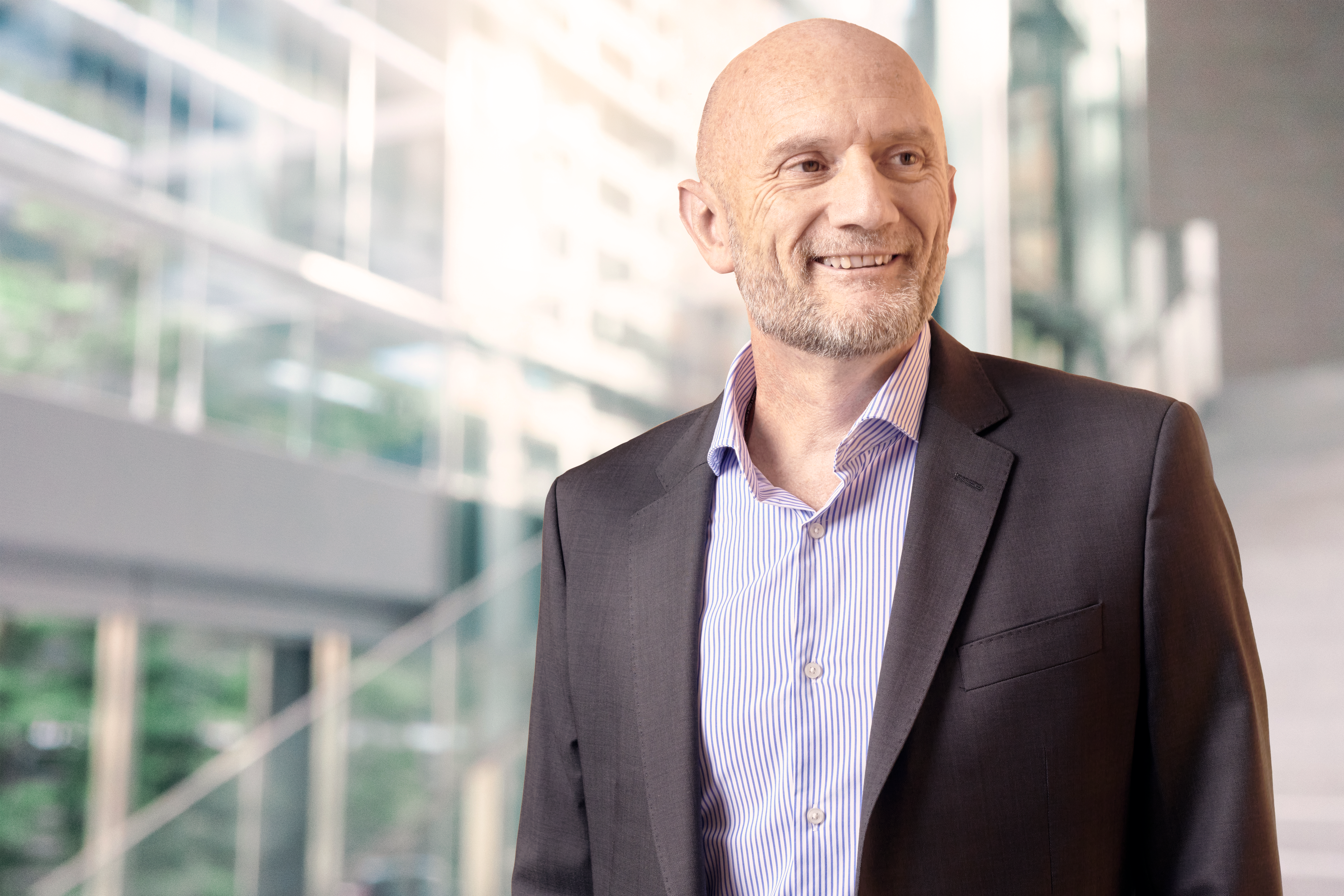Flipping the Switch on Enterprise Transformation
Hager Group, an independent, family-owned company founded in 1955 by the father and uncle of current CEO Daniel Hager, has grown steadily since its inception, growing organically as well as acquiring other manufacturers of electrical and related systems used in residential, commercial, and industrial buildings.
The acquisitions have averaged about one a year over a 20- year period. While each newly acquired business added to the company’s bottom line (as a privately held company, Hager Group isn’t required to divulge its financial results), it also meant the corporation was continuing to add disparate brands and organizations, all with their different sales teams, different administrative executives, and different ways of conducting business.
By the time Daniel Hager became part of the company’s management in the middle of the last decade, Hager Group — based in Blieskastel, Germany — had grown to two-dozen different brands, often operating with the same customer base through the same sales channel.
As a result, customers viewed Hager Group as a product specialist company rather than offering a broad portfolio. Customers would often buy one product from Hager, but might buy a related product from a competitor. To advance to the next level, in which the customer would turn to Hager Group for full solutions like an energy distribution system rather than for individual component(s) of the system, Hager Group had to change its focus from a product focus to a solution focus — a major transformation in the way the company historically conducted business, Daniel Hager says.
IMPROVED VALUE PROPOSITION

In 2006, Hager developed a transformational strategy — one that focused on branding — that the company began executing in 2008.
“It was a dramatic change in our infrastructure,” Hager recalls. “With 24 brands, you’re not able to convince the mind of the customer what your value proposition is.”
The transformation from a product-based company to a solutions-based company necessitated that Hager Group redesign their marketing and organize their internal structure differently to deliver these promised solutions. Hager knew that his future, as well as that of the company as a whole, relied on the successful transformation of the company from a brand focus to a solutions company.
“We needed to break barriers, which we hadn’t done in the past. You cannot have different silos from a solutions perspective; so we started melting down the barriers between internal groups,” Hager says. “Taking out the different brands and focusing on one brand with one value proposition enabled us also to focus on one solution to meet the market needs and forget about what we might lose emotionally.”
It also meant a long-term focus on the company’s strategy and direction according to Hager. “The most critical issue was to determine where we were headed in the future.”
“This holistic approach to transforming the Hager value proposition is the key to their success,” says Katerin Le Folcalvez, Insigniam partner. “Too often we see companies attempt to transform their brand-model without reconstituting their organization to be a match for the new proposition. A brand-model transformation is a total enterprise transformation and Daniel Hager and his team understood that.”
His uncle and father had turned over control of the company to a non-family CEO in 1988, a person Hager had to convince of the new direction for the company.
If his presentation or the execution of it failed, he might not have ascended to the CEO position, he may have been out of the company entirely. He needed the support of the CEO and of other key personnel in order to move forward with his planned strategy.
“I had to ensure that I was showing the commitment needed. The credibility of the organization was at stake,” Hager says. “It was a difficult time for me and those I convinced to follow me. We didn’t know what to expect from the present CEO. He had his own way of functioning. We had to convince the CEO and other key people that this was the right way of moving forward.”
Hager started with a group of 10 core people to launch his vision, and brought others on board through “a lot of one-on-one discussions.”
From the time the change in direction was envisioned in 2006 to the launch in 2008, there were large commitments in time, with numerous two-day working sessions.
From the initial group of 10, Hager developed a leadership committee of 30 to drive the transformation and the direction of the brands. “Herein is another critical success factor,” says Insigniam partner, Marie-Caroline Chauvet. “Daniel and the top leadership also took on reinventing themselves as leaders in order to be effective in executing on the new model. That took courage and wisdom. In turn, this led to a transformation of the Hager culture.”
Rather than the top-down management style of the past, the new strategy also relied on a collaborative management style, with more input from managers and employees not in the C-Suite.
“It’s something that our people weren’t used to … we were creating a space where we could discuss and build the future together,” says Hager, who admits, in hindsight, that implementing the change in strategies was a more daunting challenge than he had initially envisioned. “There were a lot of dragons to fight.”
Though there was some hesitation among a few of the company managers and employees, there wasn’t a forklift change in terms of personnel. Most who didn’t embrace the new direction of the company immediately did so over time.
“Some left because they didn’t want to cope with the new culture,” Hager says, though he let time (people retiring, leaving the company for promotions, etc.) handle the majority of the personnel shift.
“One of the key success factors of this transformation was Daniel Hager’s determination to build on the company’s incredible cultural assets rather than change everything,” says Chauvet. “The branding transformation became a way to express Hager’s commitments to all of its stakeholders in a very clear and tangible way.”
Rather than 24 different brands, the Hager brand today consists of products ranging from energy distribution through cable management and wiring accessories to building automation and security systems. Other brands of the Hager Group are Berker, Daitem, Diagral, Efen, and Elcom. These have a clear value proposition to defined customers and through defined sales channels; different from that of the Hager brand.
“Some of the brands now are bigger than they ever were before,” Hager says. The company’s solid growth has continued as well, something that Hager doubts would have been as strong without the transformation in focus.
LOOKING AHEAD
Though the focus on solutions rather than products “is now part of our culture,” according to Hager, the transformation is continuing. Such a change was much more involved than Hager envisioned when he first proposed it. But it also set the tone for the next transformation for the company, which he also expects to lead.
Hager Group will soon develop its 2020 strategy, termed Project 2020, which will focus on expansions beyond Europe to become a truly global organization, as well as further growth into the servicing of residential, commercial, and industrial building systems.
Hager also expects to further refine the company’s focus to be solutions-driven, with different systems controlled on a common platform — such as through mobile technologies — and he seeks to position Hager Group in the thick of the B2B portion of that market. And he’s prepped and ready to meet a few more dragons along the way.



